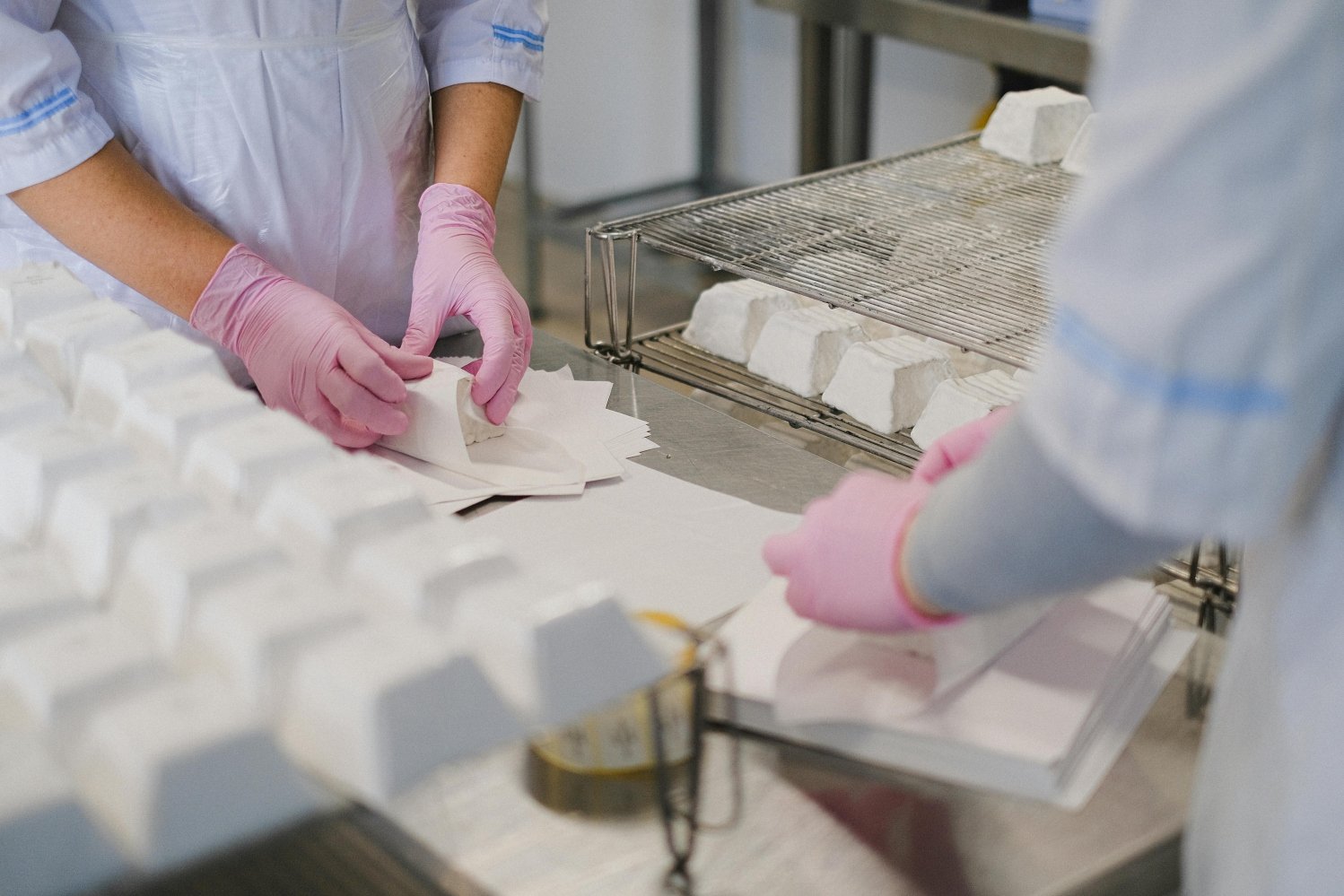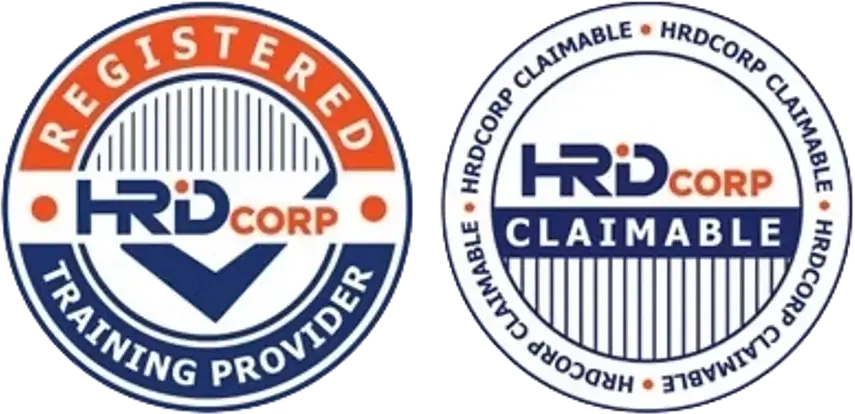How Can SMEs Implement GMP Without Huge Costs?
For many small and medium-sized enterprises (SMEs), the thought of implementing Good Manufacturing Practices (GMP) often comes with a fear of high expenses. But the truth is, GMP compliance doesn’t always mean massive investments in new facilities or costly technology. With smart planning and practical steps, SMEs can build a strong foundation for GMP while keeping costs manageable.

Here’s how SMEs can achieve it:
1. Start With Training and Awareness
-
Conduct short, in-house GMP awareness sessions for staff.
-
Use affordable online training platforms instead of expensive consultants.
-
Focus on simple hygiene practices like handwashing, clean clothing, and proper PPE usage.
2. Leverage Existing Resources
-
Reorganize current workspace instead of major renovations.
-
Use existing storage racks, shelves, and containers more effectively.
-
Repurpose current cleaning materials by standardizing their use with proper SOPs.
3. Implement Low-Cost Hygiene Controls
-
Provide hairnets, gloves, and aprons — simple but effective for contamination control.
-
Set up handwashing stations with soap and sanitizer at critical points.
-
Use color-coded cloths and tools to prevent cross-contamination.
4. Focus on Documentation and SOPs
-
Create basic Standard Operating Procedures (SOPs) using free templates.
-
Keep logbooks for cleaning schedules, equipment checks, and pest control.
-
Use simple binders or spreadsheets instead of expensive digital systems.
5. Start Small With Infrastructure Adjustments
-
Improve lighting and ventilation with low-cost solutions.
-
Mark clear floor zones with affordable tape or paint.
-
Introduce basic pest-proofing measures like mesh screens and sealed bins.
6. Build a Culture of Accountability
-
Assign clear GMP responsibilities to staff without hiring new roles.
-
Encourage peer monitoring to reduce non-compliance.
-
Reward low-cost initiatives from employees that improve cleanliness and organization.
7. Collaborate With Local Authorities or Associations
-
Many government agencies provide free GMP guidance materials.
-
Industry associations sometimes offer subsidized workshops.
-
Networking with other SMEs can share best practices at minimal or no cost.
8. Invest Gradually, Not All at Once
-
Start with high-risk areas (hygiene, cross-contamination, cleaning).
-
Upgrade equipment step by step instead of replacing everything immediately.
-
Treat GMP as a continuous improvement journey, not a one-time expense.
Final Thoughts
For SMEs, implementing GMP doesn’t have to break the bank. By maximizing existing resources, focusing on staff training, and making gradual improvements, small businesses can achieve compliance while staying cost-efficient.
👉 At CAYS Scientific, we specialize in helping SMEs design practical and budget-friendly GMP systems that work in real-life factory settings.



